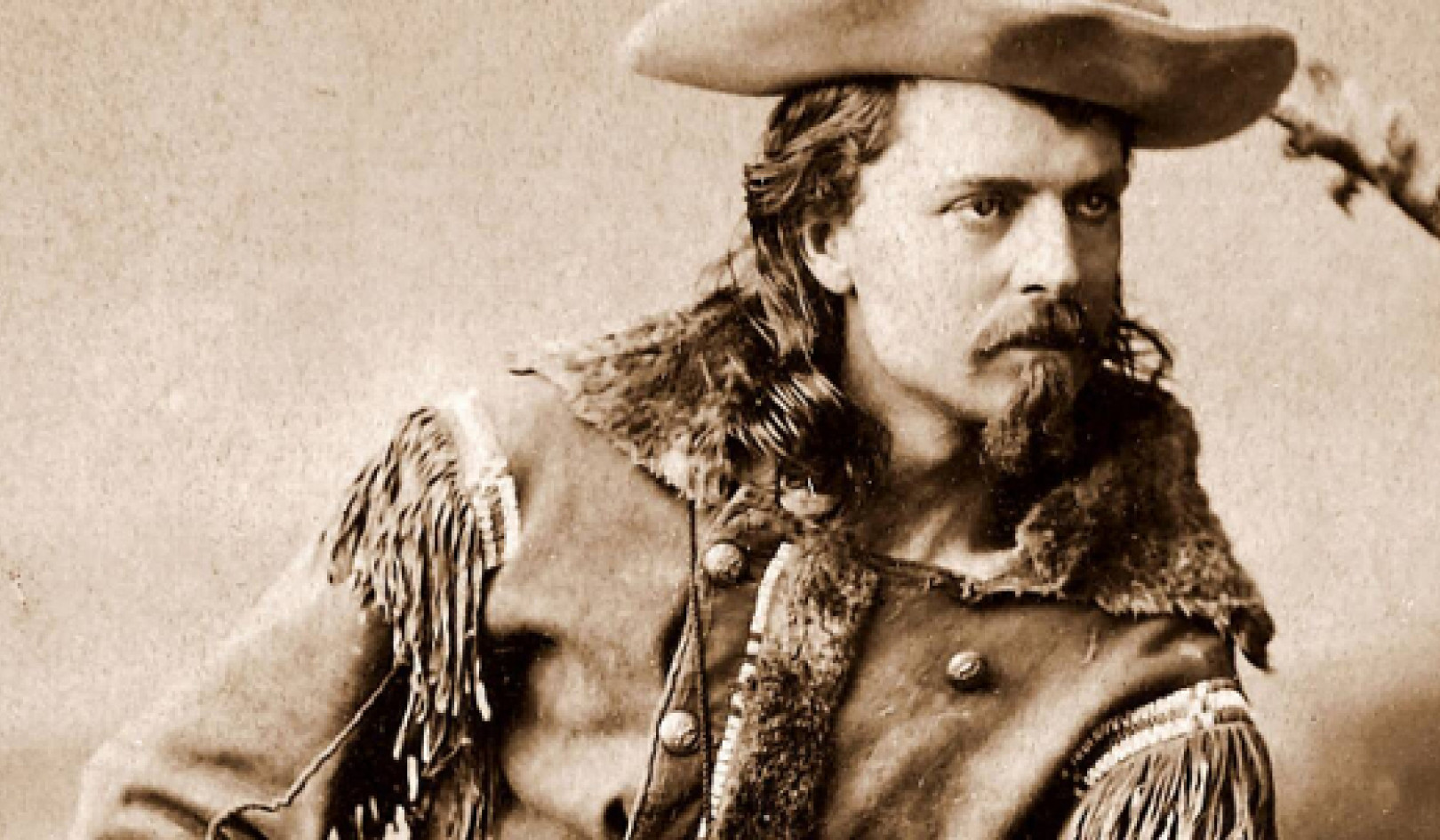
The number of refugees in Central America has reached a scale not seen since armed conflicts tore the region apart in the 1980s, with more than 110,000 people fleeing their homes. The UN Refugee Agency (UNHCR) has warned that action is urgently needed to take care of those affected, including protecting them from violence.
El Salvador stands at the centre of the current crisis. Violence by so-called maras – gangs that originated in the United States and spread to Guatemala, Honduras and El Salvador – is thought to be the major push factor.
Without doubt, El Salvador’s gangs are brutal and violent – but they are neither the only ones using force, nor the root cause of violence. And responding to the refugee crisis by just fighting gangs ignores its underlying causes. This approach could even make things worse.
After the war
The people of El Salvador continue to leave their country due to a set of closely interrelated developments that have taken place since the end of a long and bloody civil war that raged from 1979 to 1992. By the time that war ended, 75,000 people had died, and close to a million people had left the country.
A comprehensive peace accord was signed in 1992 after difficult negotiations, with high hopes for the changes to come. Some observers, such as Stanford University professor Terry Lynn Karl, even declared a revolution at the negotiating table.
In the years that followed, the left-wing FMLN (Frente Martí de Liberación Nacional) – the strongest guerrilla organisation the region had seen – demobilised and became a political party. Its candidates were elected to the presidency in 2009 and 2014.
Ruling with an iron fist
But what appeared to be one of the few success stories of liberal peace-building efforts eventually failed.
Already, before the signature of the peace agreements and during the first few postwar years, some refugees returned to the country. The peace agreement included a series of institutional reforms in state security institutions. The FMLN disarmed and demobilised its combatants, a new civilian police force was established, and the mandate of armed forces was reduced to securing the country’s borders.
But, in the second half of the 1990s, the right-wing government and the media began to denounce what they described as a crisis of public security due to an increase in petty crime and violence – a common feature in many postwar societies where weapon use is widespread, and an unfortunate norm in much of Latin America.
The government called for a mano dura, or “iron fist”, approach. In 1995, it established joint military-police patrols; in 1996, the parliament passed emergency measures; and in 1999, a law permitted the private possession of heavy weapons. Instead of reducing violence, these repressive strategies fuelled its escalation.
A generation abandoned
Alongside those security reform failures, the prevailing development model has also let down the country’s citizens.
Coffee has long ceased to be El Salvador’s most important export. The share of agriculture to GDP has decreased to less than 10%, its relevance for employment to 20%. The most important source of income for many families is money sent home by legal and undocumented migrants – a substitute for the country’s non-existent social policies.
Young people have few options to make a decent living in the formal, or at least legal, sectors of the economy. While economic elites have modernised the economy from coffee to finance, the new financial sectors do not provide jobs for young people.
Girls and young women might find work in the textile, or maquila, sector but they receive low wages in free trade zones and have neither social security support nor labour rights. Young men are faced with the option of either leaving the country and going north illegally, or joining a gang.
Exploiting violence
This social situation should be ripe for mass mobilisation, protest, and political change. But politicians, first from the right and now from within the current FMLN government, exploit crime and violence for electoral gain.
Social protest is criminalised, and marginalised youth stigmatised. A 2012 truce secretly negotiated between the gangs led to a marked drop in homicides, but it unravelled throughout 2013, and murder rates again soared. The current government adopted a five-year security plan in 2015, which outlines a comprehensive strategy for ensuring public security through education, health and employment projects. But it also declared an open war on gangs in May 2016.
So violence increased and El Salvador has become the world leader in homicide rates.
What the official homicide data used by the media and the government obscures is that the patterns of attack have changed. While the gangs used to fight each other, there is evidence that they have started to cooperate with one another to take on state security forces – and to keep mara members and their families safer.
In 2015 alone, 61 policemen and 24 soldiers died in direct combat with gangs – as did many more civilians and youth. The country suffers at least 25 battle-related deaths every calendar year, violence there fits the common definitions of “armed conflict.”
Violence drives many out of the country, but it is not perpetuated by the gangs alone. The government and the country’s economic and political elites need to own up to their responsibility. They must replace the current development model, and end the politicisation of violence and their scapegoating of marginalised youth. Otherwise, the continuing cycle of violence and repression might bring El Salvador back to the verge of war.
About The Author
Sabine Kurtenbach, Senior Research Fellow, German Institute of Global and Area Studies
This article was originally published on The Conversation. Read the original article.
Related Books:
at InnerSelf Market and Amazon
























